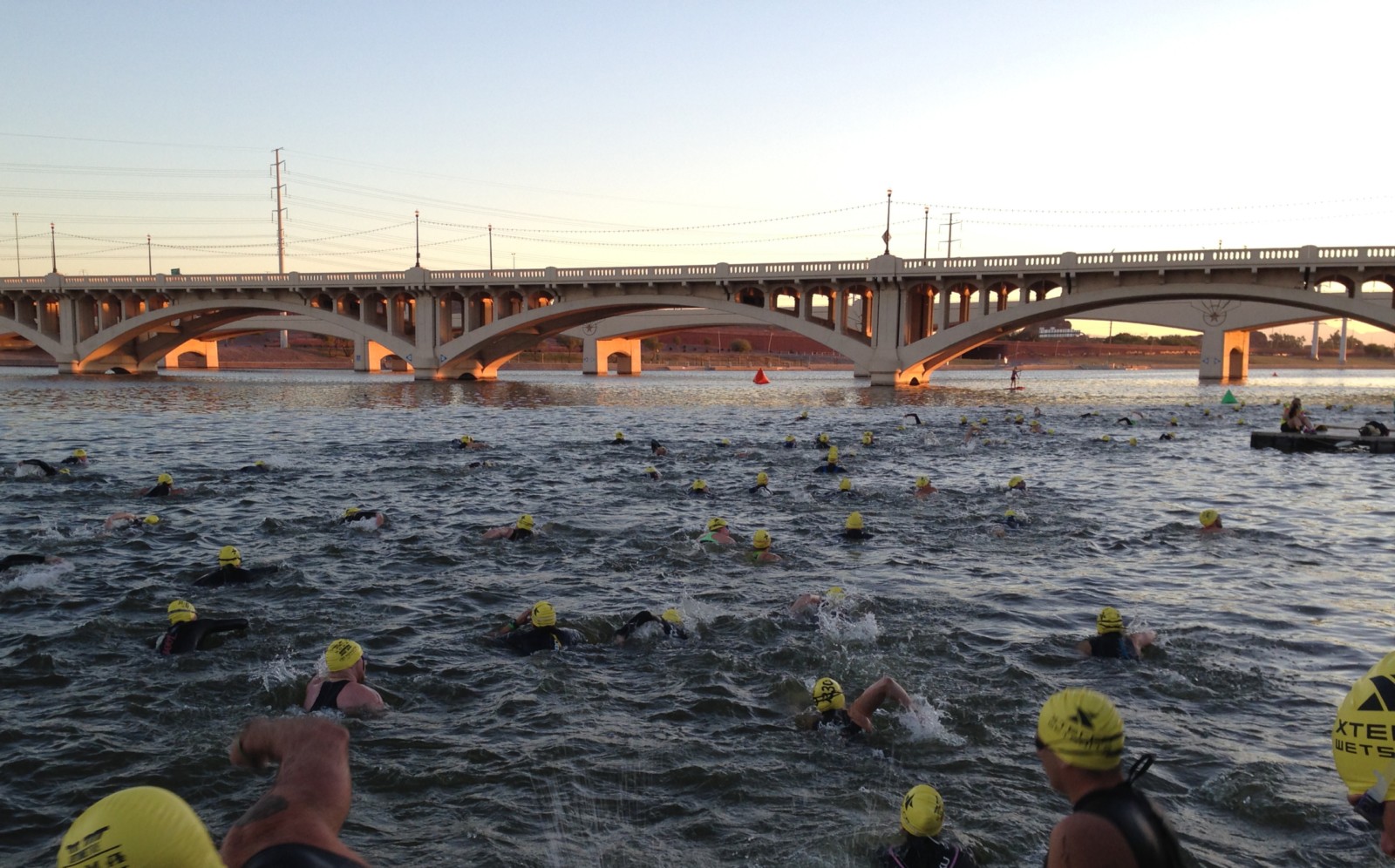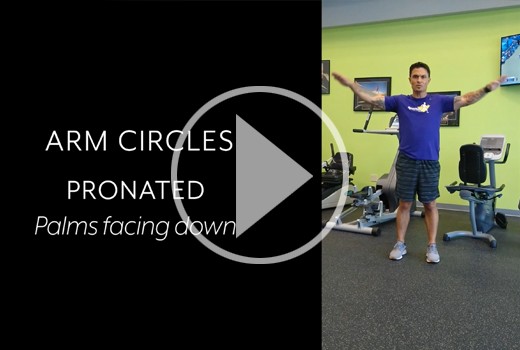Swimming is a beloved activity for recreation and sport, it can be competitive and also helps us stay fit and keep cool. While swimming is great for improving strength, endurance, and cardiovascular health, both recreational and competitive swimmers face a variety of overuse injuries. Like in all sports and physical activities, proper warm ups, stretching, and hydration go a long way in preventing injuries.
For swimmers, the shoulders are their most essential asset. Shoulders handle 90% of our locomotion in water and are subjected to a lot of repetitive motion and stress [1]. Shoulders are complicated and act as a hub where tendons from our arm, back, neck, and chest connect. There are many conditions can affect the shoulder’s performance, including:
- Rotator cuff tendonitis
- Bicep tendonitis
- Muscle inflammation
- Muscle irritation
- Cartilage tears
All these can be condensed and expressed as one thing. Swimmer’s Shoulder.
Swimmer’s shoulder, also called impingement syndrome, is the most common injury experienced by swimmers. It results when a swimmer repeatedly overuses or misuses the shoulders. The tendons rub against the shoulder blade causing muscle irritation, inflammation, and tears. The injury is characterized by pain in the shoulder that can stretch into the bicep and neck, tenderness, and stiffness or limited range of motion in the shoulder [2].
Rest and physical therapy are both recommended for treatment of swimmer’s shoulder. The goal of treatment is to reduce inflammation, encourage the body to repair damaged tissue, and reeducation on proper swim form. Rest or reduced stress on the shoulder will allow the body to begin healing on its own and to reduce inflammation. However, without physical therapy the healing process is incomplete and symptoms are more likely to return.
Swimmers who experience pain or soreness for more than 48 hours should seek medical attention. The experts at Spooner Physical Therapy can work with you to evaluate and treat most common swimming injuries and help prevent more serious long-term effects. We would be happy to schedule a complimentary evaluation to review the symptoms you are experiencing and guide you on the best course of care. Schedule a complimentary evaluation with a Spooner physical therapist here.
From a rehabilitative stand point the focus will be rebuilding the shoulder’s strength and returning the shoulder to an optimal range of motion. At Spooner Physical therapy, our therapists will perform a thorough assessment to ensure proper muscle recruitment and assist with training modification for return to sport. Poor stroke mechanics, breathing technique, flexibility, and strength can cause swimmers shoulder but so can dysfunctions in other areas of the body, such as hips, wrists, and elbows [3]. A physical therapist can evaluate what the source of the problem is and teach new technique, strengthening and stretching activities to address the source of your dysfunction.
Try these exercises and dynamic stretches during warm ups to help with strength, conditioning and injury prevention while building fitness in the water.
- Arm circles
- Butt kicks
- Swinging legs
- Plank
- T-rotation
- Progression with arms and legs
- Burpee
- Jump lunges
- Leg lifts
We put together some tips for preventing swimmer’s shoulder and hope that these tools help keep you in the pool rather than on dry land.
- Be mindful of your endurance levels: If it hurts, stop. Work on gradually increasing distance and intensity. If a part of the body becomes sore while swimming, target that area with additional exercises and stretches during warm up. We advise that your ideal distance/duration gains should not exceed an increase of 5% per week (week over week) even if you are feeling strong and want to keep swimming.
- Practice balanced breathing: Maintain a steady breathing pace. Make sure to keep the head in line with the body to avoid neck pain or numbness and tingling in the arms. Breathe equally on both sides while swimming to prevent overuse of your dominant side.
- Be aware of your body’s movement and position: Rotating the body with each stroke helps decrease the stress on the neck and shoulders. Keep the head in line with the body and rotate the body toward the breathing side to avoid turning the neck too far and over-reaching with the arms.
- Distribute some load to your lower body: A strong kick and tucked hips will aid the body’s position as well as breathing. Strong quadriceps and core will make for a stronger kick and a faster swim but will also decrease the stress placed on the arms, shoulders, and knees.
Are you experiencing pain while swimming? The experts at Spooner Physical Therapy can evaluate and treat most common swimming injuries and help prevent more serious long-term effects. We would be happy to schedule a complimentary evaluation to review the symptoms you are experiencing and guide you on the best course of care. Schedule your complimentary assessment today!
Looking for a full-body pool workout? We’ve got you covered. Visit our recent blog post, 7 Pool Exercises for a Full-Body Workout
References
- Daniel J. Morris, D. (2018, July 01). Swimmer’s Shoulder. Retrieved from Hughston Clinic: https://hughston.com/wellness/swimmers-shoulder/
- Mayo Clinic Staff. (2017, Dec 14). Tendinitis. Retrieved from Mayo Clinic: https://www.mayoclinic.org/diseases-conditions/tendinitis/symptoms-causes/syc-20378243
- UPMC Staff. (2020, Aug 28). Swimming Injuries: Tips, Prevention, and Treatment. Retrieved from UPMC Sports Medicine: https://www.upmc.com/services/sports-medicine/for-athletes/swimming#undefined


